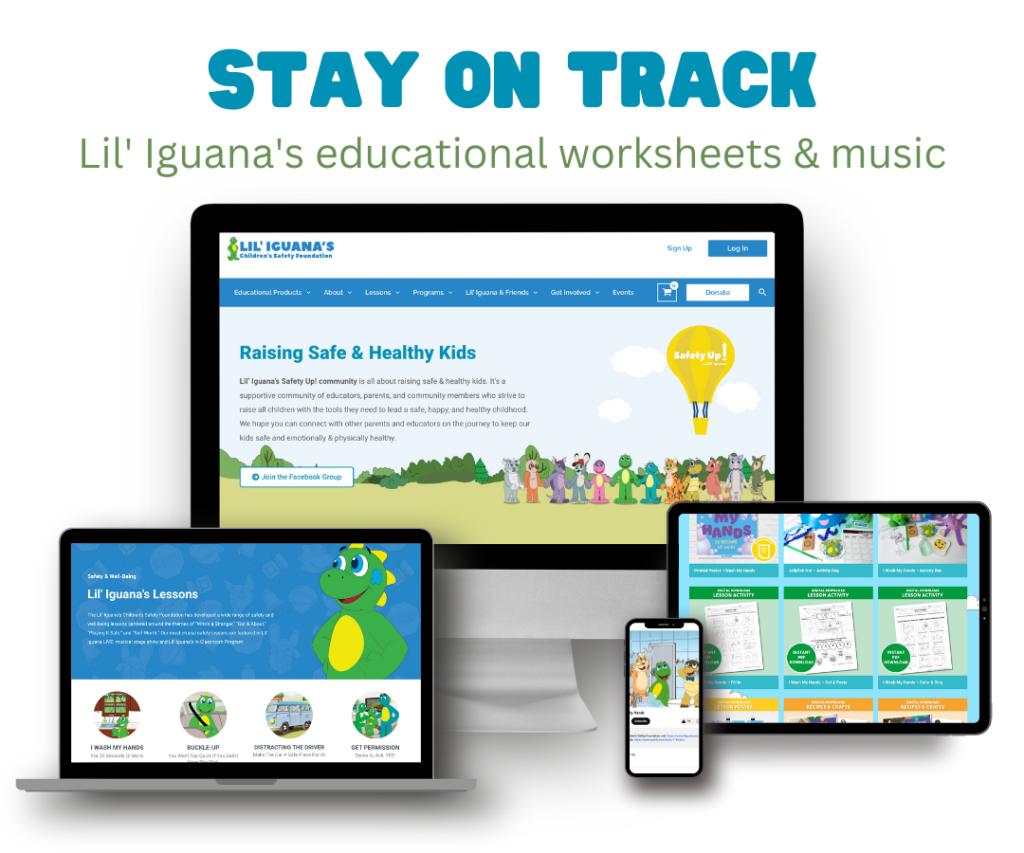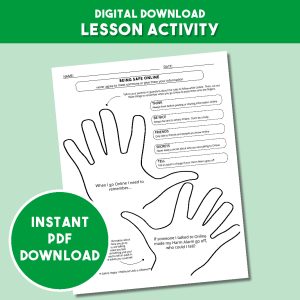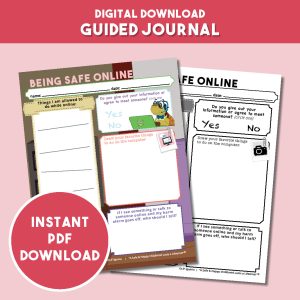Basic Cyber Safety Tips
Protecting Kids Online
In today’s digital age, the internet is a vast and powerful resource, offering limitless opportunities for learning and entertainment. However, it also poses risks, especially for young children who may not fully grasp the complexities of online safety. As caregivers and guardians, it’s our responsibility to ensure that kids can explore the digital world safely and responsibly. In this blog post, we’ll discuss practical strategies for protecting young kids online.
Follow these fifteen strategies to help keep kids safe online:
- Open Communication: The foundation of online safety for kids is open and ongoing communication. Create a safe space where children feel comfortable discussing their online experiences, questions, and concerns. Encourage them to come to you if they encounter anything that makes them uncomfortable. If their harm alarm goes off, they should also feel safe speaking up to you or asking you for advice.
- Set Age-Appropriate Boundaries: Establish age-appropriate boundaries for internet use. Guidelines can include screen time limits, appropriate websites and apps, and a list of websites or platforms that require parental supervision.
- Use Child-Friendly Platforms: Introduce your child to age-appropriate, child-friendly platforms and apps designed with their safety in mind. Many of these platforms have parental control settings that allow you to monitor and restrict content.
- Teach Privacy Awareness: Educate your child about the importance of privacy. Instruct them never to share personal information such as their full name, address, phone number, or school name with strangers online.
- Set Strong Passwords: Create strong and unique passwords for your child’s online accounts, and teach them how to protect their passwords from being shared or guessed.
- Online Friends or Strangers: Discuss the concept of online friends and who a stranger is. Emphasize that not everyone online is who they claim to be, and encourage them to avoid sharing personal information or meeting people from the internet in person. Make sure your child knows they should always ask permission before going on a new website or talking to a new potential friend.
- Safe Searching: Teach kids how to perform safe internet searches. Use kid-friendly search engines and explain how to identify and avoid potentially harmful or inappropriate content.
- Cyberbullying Awareness: Discuss cyberbullying with your child and help them recognize the signs. Encourage them to report any instances of cyberbullying, and reassure them that they won’t be punished for seeking help.
- Age Ratings and Content Filtering: Enable content filtering and use age-appropriate settings on devices and apps. Familiarize yourself with age ratings for games, apps, and videos to ensure they are suitable for your child’s age group.
- Supervise Online Activities: When your child is young, actively supervise their online activities. Sit with them while they explore the internet and help them navigate safely.
- Be a Role Model: Set a positive example by demonstrating responsible online behavior. Children often model their parents’ actions, so show them how to use the internet safely and respectfully.
- Educate About Online Risks: Talk to your child about potential online risks, including phishing scams, malware, and inappropriate content. Explain the importance of being cautious and skeptical online.
- Know Their Friends: If your child interacts with friends online, make an effort to know their friends and their parents. This can help you monitor online interactions more effectively.
- Regularly Check Devices: Periodically check your child’s devices and online accounts to ensure they are following the rules and guidelines you’ve established.
- Stay Informed: Keep yourself informed about the latest trends in online safety and the apps and platforms your child uses. This knowledge will help you adapt your approach as technology evolves.
Protecting young kids online is a shared responsibility between caregivers, educators, and technology providers. By maintaining open communication, setting boundaries, and teaching responsible online behavior, we can create a safe and empowering digital environment for our children. As they navigate the digital world, our guidance and support will enable them to harness the incredible benefits of the internet while staying protected from potential risks.
Printable Activity
Tag @LiliguanaSafety on socials and hashtag it #liliguanafun




